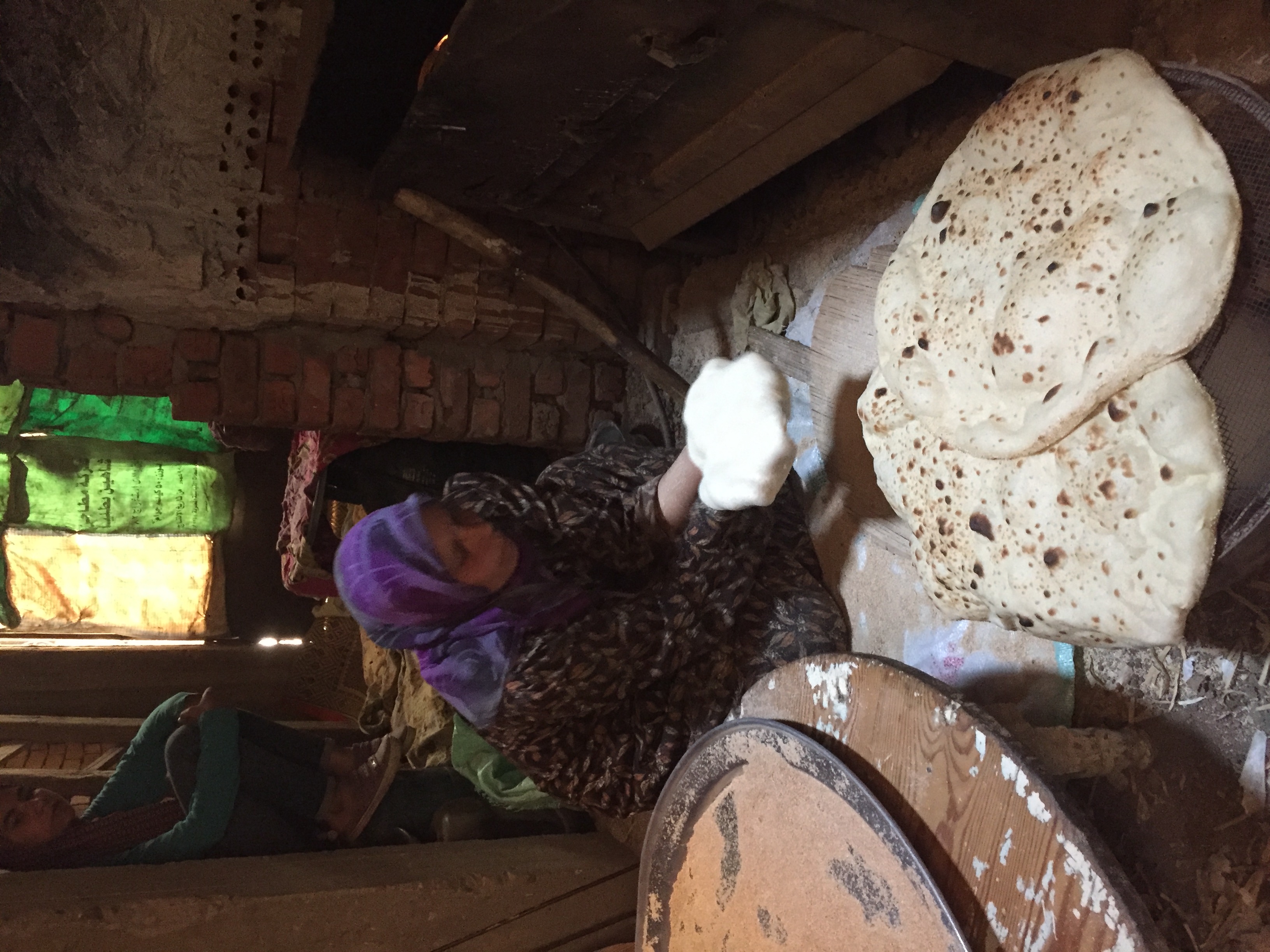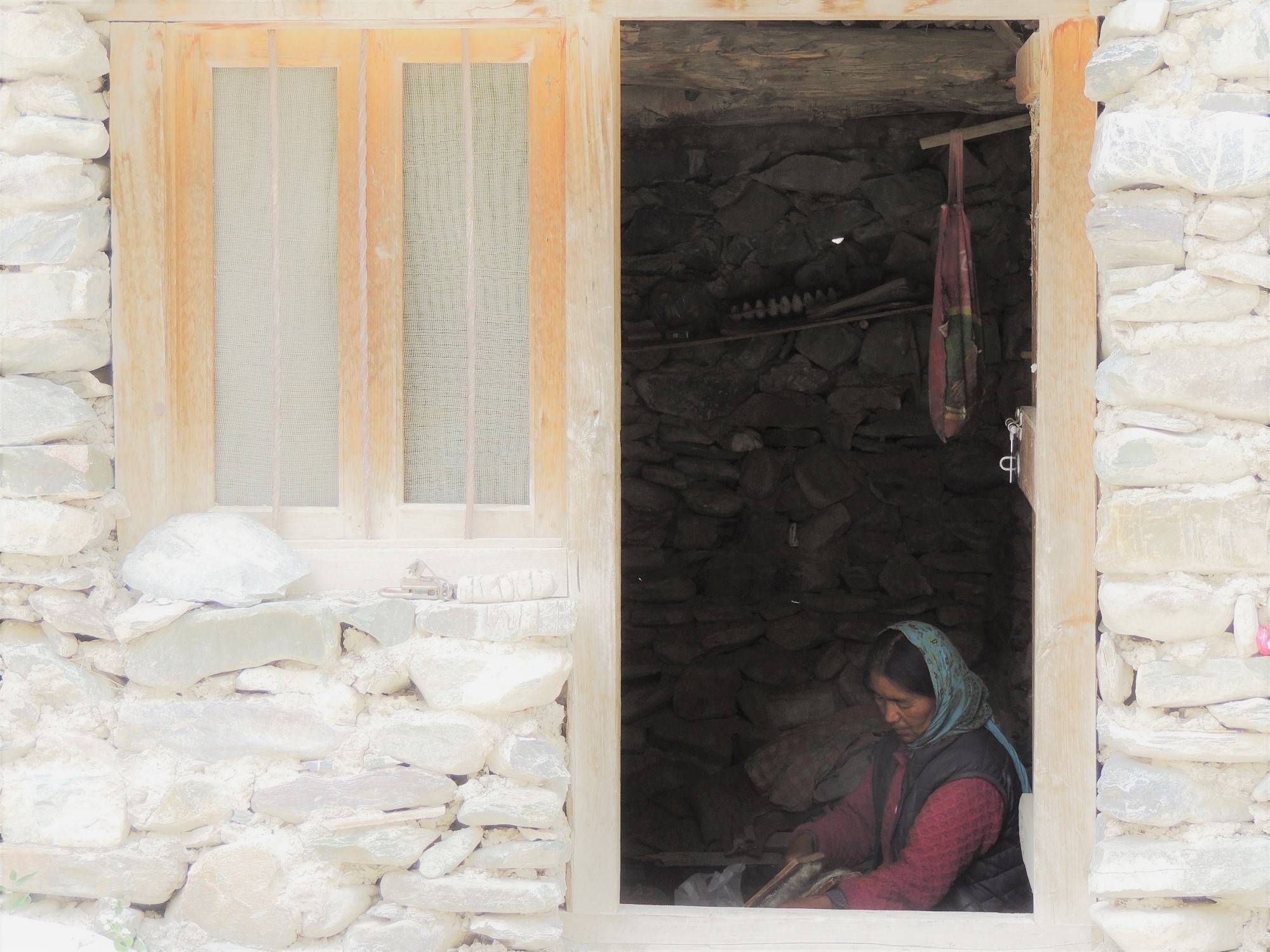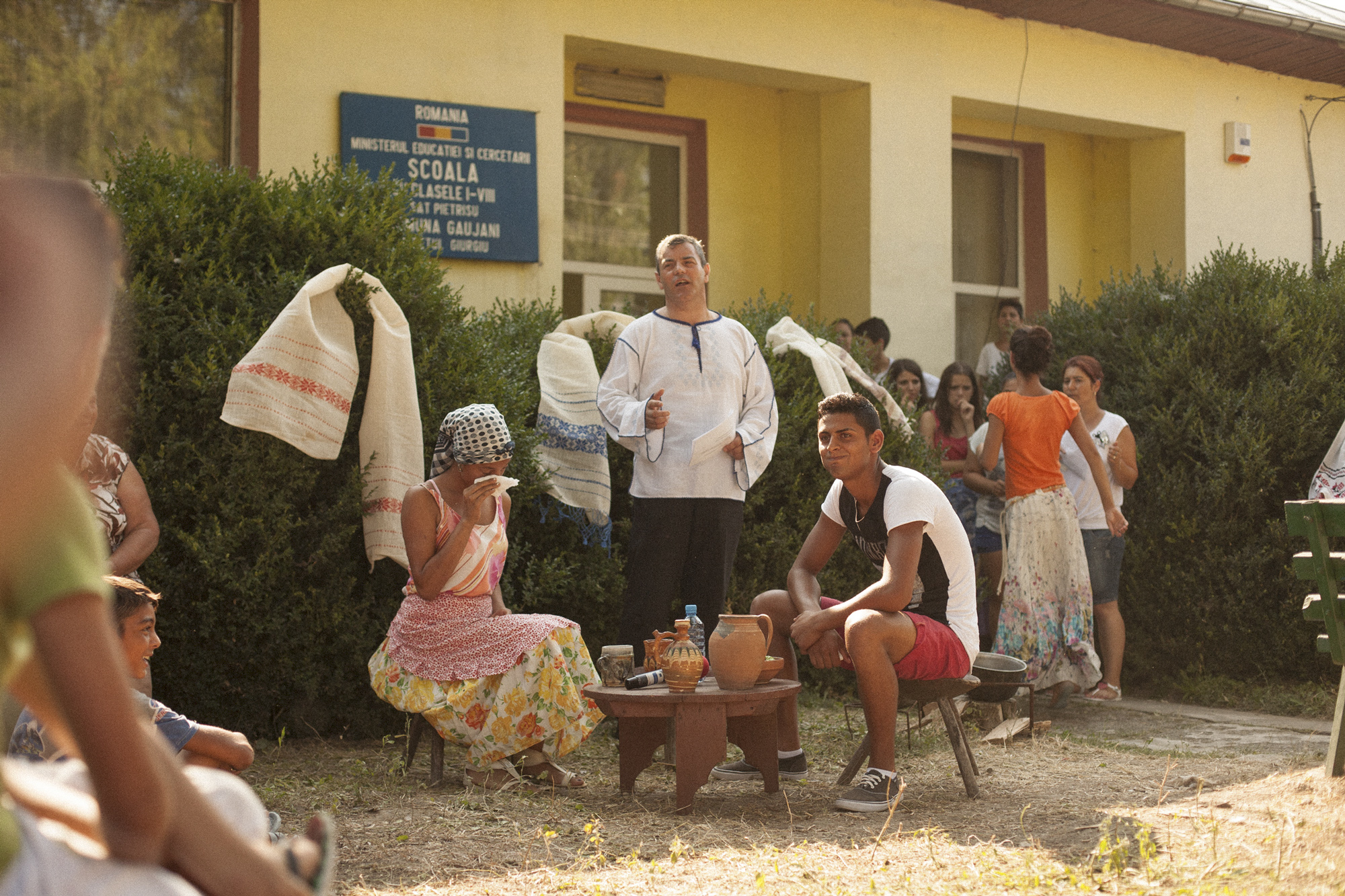Backyard Beekeeping in the American Midwest
by Sarah Robards (USA)
United States of America
.jpg)
.jpg)
.jpg)
.jpg)
.jpg)
By telling us your country of residence we are able to provide you with the most relevant travel insurance information.
Please note that not all content is translated or available to residents of all countries. Contact us for full details.
Shares
.jpg)
.jpg)
.jpg)
.jpg)
.jpg)







